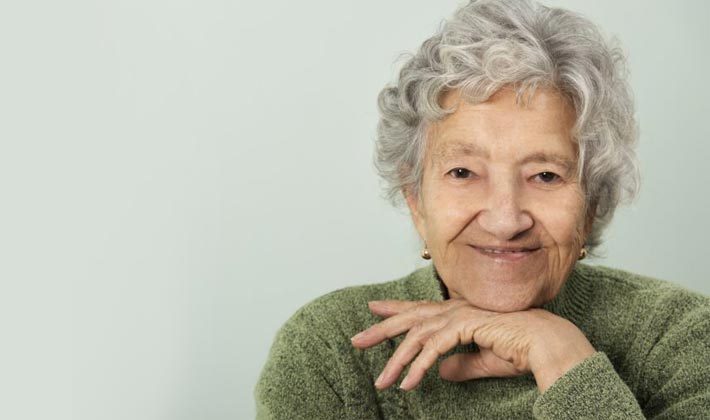 Shoe shopping for seniors can be a challenge, but it is not impossible. As we age, soft tissue and fat pads thin out making the foot more sensitive. Additionally, the size and shape of our feet can change which means the shoes we used to wear may no longer be the best fit.
Shoe shopping for seniors can be a challenge, but it is not impossible. As we age, soft tissue and fat pads thin out making the foot more sensitive. Additionally, the size and shape of our feet can change which means the shoes we used to wear may no longer be the best fit.
A comfortable shoe helps put some cushioning under the foot to make up for what is lost through the years of wear and tear. It needs to fit the foot right and accommodate any abnormalities found like bunions, hammertoes, braces that you have.
Here are a few criteria and tests to keep in mind the next time you’re shopping for new shoes:
Soft Shoe Material – Softer, more flexible uppers (part of shoe above the sole) make the shoes more comfortable and accommodate any abnormalities in the foot. Mesh uppers and softer leathers are generally preferred for most people. For some with larger bunions and hammertoes, an upper made from a two-dimensional elastic material like Lycra may be required to provide comfort in a shoe and have it be comfortable. Stiffer uppers made from material like Box leather would not be flexible enough to wear in comfort for most seniors.
Foot Shape – As we age, the foot lengthens and widens more at the front. The shoe needs to be wide enough at the front and narrow enough at the heel. This generally means a split width shoe is required. You can tell when a shoe has a split because it gives the size and width in this form 9.5 EEE/D showing the 9.5 size with an EEE toe width and D heel width.
Foot Shape Test – Make sure the shoe fits the exact size and shape of your foot by removing the insole and placing the foot on it. There should be about a thumb thickness past the longest toe to the end of the insole. There should not be any part of the foot hanging over the side of the insole.
Non-slip Sole – A non-slip sole is important as well. There is an increased risk of falling as people age and it can lead to significant changes in where the person lives and how much they can do. What “non-slip” means changes by circumstance. Walking in snow, cold weather or on ice calls for a certain type of sole. These soles will likely have lugs on the sole and be made of rubber so that it is flexible in the cold. If a person who shuffles their feet in gait wears these shoes while walking on polished concrete floors, they are at risk of falling because the grip is too much and they will fall. In such an instance, the more appropriate sole material would be more like Topy Elysee that has smaller texture and does not grab the ground with as much force so that a person wearing these shoes will not be as likely to fall because the sole does not grip the concrete too hard.
Heel Counter Test – A stiffer heel counter will help keep the shoe on the foot and help keep it more stable. If you can put your hands on both sides of the heel and feel something in there that keeps the edges from touching will help keep the shoe stable on the foot. If it is soft at the back, the shoe may allow your foot to slide sideways inside it and lead to a fall.
Torsional Stability Test – If you can’t twist the front of the shoe sideways when holding on the heel, the shoe is said to have torsional stability. This helps the shoe also be stable on the foot and to make it work better.
Fasteners – Velcro strap attachments may be more suitable for some who have difficulty in using laces to tie up their shoes. Shoes with fasteners (Velcro, laces, etc) are recommended for seniors vs slip on shoes as they provide greater support and stability.
In short, comfortable shoes can make it easier to partake in activities. Keeping active is important in so many ways. It helps maintain fitness in the general body. It is especially important to help with fitness of the heart and lungs. Activity is one thing that can regulate blood sugar in diabetics and helps all people reduce weight. Keeping active helps delay the progression of arthritis.
If you want to know more about comfortable footwear, please contact your friendly local Pedorthist https://pedorthic.ca/find-a-pedorthist/
By Jim Pattison B.Sc CNA C. Ped (C)
